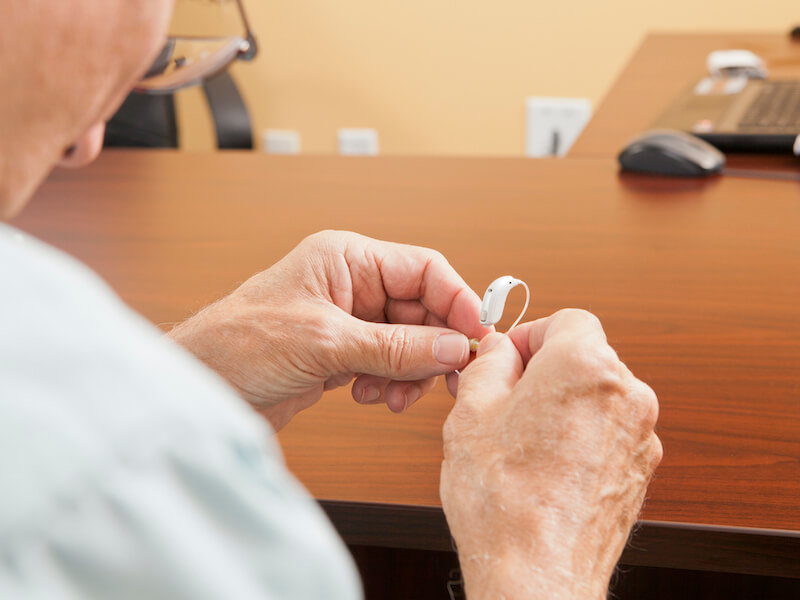
You go above and beyond to ensure your hearing aids are well cared for. Cleaning them daily, you make sure they’re safe and comfortable on their charger when you go to bed.
Suddenly and distressingly, your hearing aids are no longer working the way they used to. Thankfully, there are a few steps you can take to troubleshoot the issue. Not doing any additional damage is your number one priority so you won’t need to replace them.
Troubleshooting your hearing aid
You kept the owner’s manual that came with your shiny new hearing aids, right? You’ll want to pull it out so you can use it for troubleshooting and, potentially, maintenance. Using your owner’s manual is essential because every model of hearing aid is different.
On most models there are some other things you can check, here are a few:
- Keep your microphone clear: Look for anything obstructing the microphone of your hearing aid. Your hearing aid may feedback or merely fail to work if the microphone is blocked.
- Look for noticeable damage: Does your hearing aid have any noticeable loose components or cracks in its shell? If you discover cracks, it could suggest that moisture is getting in and there could be more significant damage.
- Check your battery: You’ll still want to check the battery power even if you had your hearing aids on the charger overnight. It may be a good plan to check if you might need new batteries or if the old ones are correctly inserted, especially if your batteries are replaceable.
- Wax accumulation: Make sure there’s no wax on your hearing aid by giving it a visual inspection. Wax can accumulate quickly even if you clean your hearing aids regularly so make sure you double check.
Again, check with your owner’s manual on how you might approach each of these issues. Self-maintenance is sometimes possible.
How will I know when my hearing aid requires repair?
If your hearing aid continues to malfunction after you have performed basic maintenance and troubleshooting, it’s likely that your hearing aid will have to be professionally repaired. That may not always sound desirable, after all, you depend on your hearing aid for day-to-day communication (not to mention dinners with your family, staying up to date with your favorite Netflix series, and so on).
You won’t necessarily be without your hearing aid for extended periods of time just because it needs to be serviced. In some cases, we can fix your hearing aid in office while you wait.
Or, depending on the degree of the damage, you could get your hearing aids back in a few hours.
But fast repair won’t be possible in every case. A backup pair of hearing aids may be needed in these cases. Perhaps you have an old pair that will do temporarily in a pinch. Or maybe we have a loaner pair you can use.
Don’t wait to get help with your hearing aids
It’s crucial to have your hearing aid assessed and repaired if you begin to notice the audio quality is beginning to falter.
Any degree of downtime needs to be prevented. Untreated hearing loss can impact your general health, and that includes your mental health. And it becomes all too easy to leave your hearing aids sitting in a drawer somewhere while your hearing continues to diminish.
Keeping those hearing aids in good working order is the key to keeping your hearing healthy. And the best way to do that is to clean them, keep them charged, and, when necessary, take your hearing aids to get some professional help.

